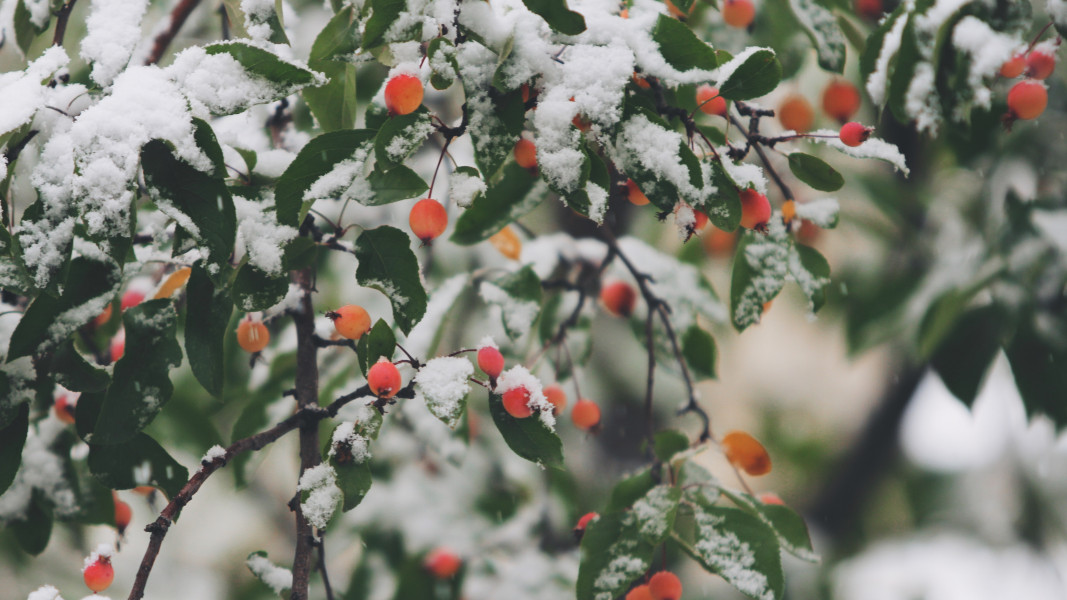What Should We Do in The Garden During This Month?
Here are some of the very first activities you can do to make sure that your garden will be nicely prepared for the next time of the year:
- In the flower garden in the second half of the month we should plant the seeds of lobelia, ageratum, petunia.
- Towards the end of February, if the weather permits, we can sow the seeds of poppy, carnation, and delphinium.
- Again towards the end of the month we can release the roses from their cover and start pruning them.
- The time is also suitable for trimming the hedge bushes.
- If the weather stays warmer for a few days, it is suitable for planting trees.
- You can start with the cultivation of the soil in the decorative and vegetable garden, as well as with the first fertilizing of the year with mineral and organic fertilizers.
- If you are planning new structural elements in the garden such as paths, retaining walls, rock gardens, you can start preparing and working on them this month.
Garden Care in February
February is the time, if we have not yet chosen what seeds you wish to plant, to do so and get them. During this month, you should prepare the greenhouse beds for the upcoming seedlings or, if you don't have any, find the most suitable place where you will grow your seedlings.
Many of the finest summer flowers are produced from seedlings. Seeds for the production of seedlings are sown in special mini greenhouses, seedling trays or peat pots, which are filled with a peat substrate or other soil mixture depending on the requirements of different flower crops. Such flowers are musk, petunia, lobelia, celosia (flame), dogwood, etc. The seeds are not covered with a peat substrate, but only lightly sprinkled and pulverized. If you have a mini greenhouse, it is good to cover with a transparent cover, for faster and easier germination. Depending on the way you planted the seeds determines whether you will need to pick (transplant) or not. If you have made seedlings from flowers in a common tray or in trays for seedlings with small nests, you need to divide the plants.
The fine days of February should be used for pruning and for cleaning the ornamental trees and shrubs with deciduous leaves. Also, this time is suitable for pruning the fruit trees, but you must not forget that for proper pruning, apart from desire, you also need two things: good scissors and fruit-growing putty. It is good before pruning, in addition to getting the necessary materials, but also to take a good look at the trees and assess what needs to be removed. In February, the collection of cuttings can continue, and towards the end of the month in the southern regions, in warm weather, grafting can also be started. If the fruit trees are not fertilized with phosphorus and potassium fertilizers in February, this can be done towards the end of the month.
“Wake up” the tubers and bulbs
At the beginning of the month, take care of the summer flowering tubers and bulbs. What is more, if you have gladioli earlier than usual, you will need to start slowly waking them up. To do this, move them to a lighted place and raise the temperature (up to about 50 F degrees), as well as the humidity. Water them regularly. By the end of the month, there will be new growth.
Plant the awakened tubers and bulbs in containers to give them a jump start. As soon as the danger of late spring frosts has passed, transfer them to a permanent place in the garden. The same procedure works for lilies, freesia, crocosmia, and other summer-blooming bulbous or tuberous plants. If you decide to follow the natural processes of the plants, it will not hurt to check. The forced bulbs of spring flowers - tulips, crocuses, daffodils, etc., care as before. When the leaves turn yellow on their own, cut them off. Store the bulbs in a dry place until autumn.
It might seem like a lot of work, but we guarantee you that it will be all worth it at the end!

